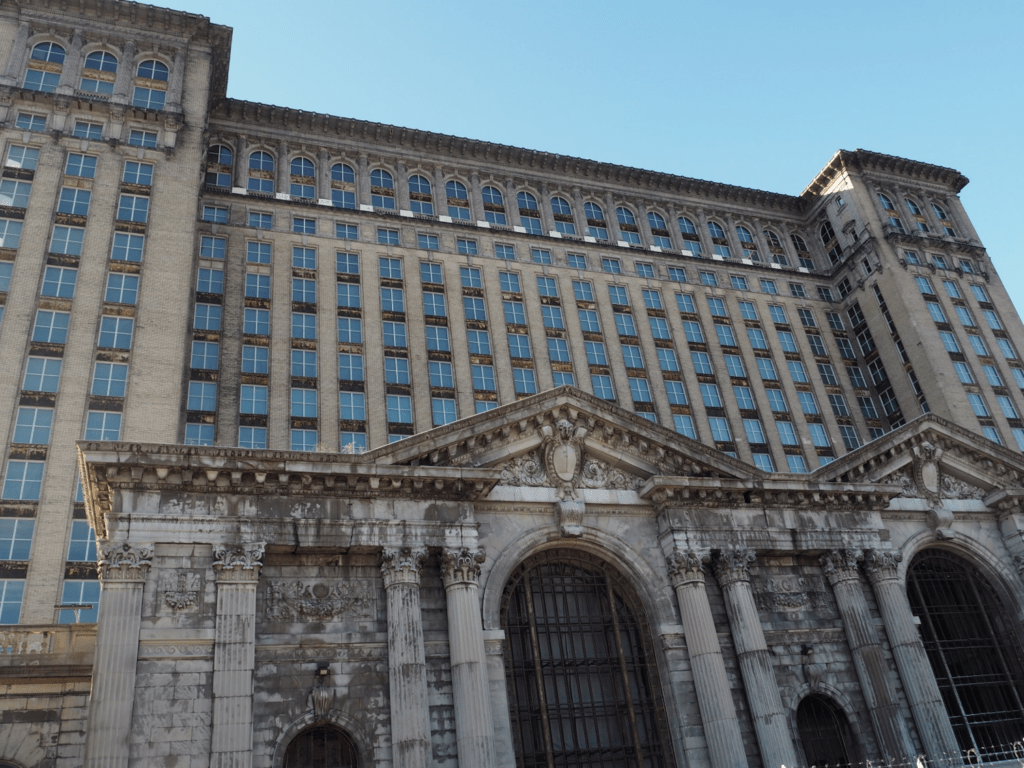Top Story
Date: December 2 – 7, 2018
Location: Corktown, Detroit, Michigan
Sponsor: Ford Land/Ford Motor Company
Subject Area: Adaptive Reuse, Urban Development
Panel Chair: Marilee Utter, Citiventure Associates LLC, Denver, Colorado
Panel Background
In 2018, Ford purchased the iconic Michigan Central Station and several other properties in the Corktown neighborhood of Detroit. Ford is considering expanding its mobility and autonomous vehicle teams to the area and partnering with the community to foster an environment that inspires the future of mobility. ULI was engaged to conduct an Advisory Services Panel to provide strategic advice on potential opportunities and priorities. As a part of the 5-Day process, the panel toured the station and the surrounding neighborhoods and interviewed over 90 stakeholders. The panel came up with strategic, independent recommendations that provided Ford with best practices on undertaking large development projects and the tools to champion the project for the neighborhood, city and region.
Summary of Recommendations
- Think big. Michigan Central Station is not just an icon for Corktown, but for people throughout the state and beyond.
- Focus on placemaking for unexpected “collisions,” which is both art and science. Aim for a curated mix of uses and tenants that avoids a homogenous look and feel for the Central Station District.
- Make the district a “mobility playground” of innovative solutions. Incorporate micromobility to make last-mile connections and to foster greater ease of movement within the district. Make Michigan Central Station a hub for multimodal transportation.
- Return passenger rail to the station. Ford can take many steps to lead the way in pursuing this effort.
- Create a communication strategy that includes the district, the city of Detroit, and beyond. Prioritize actively engaging and empowering the local community in the district. In all cases, communicate early, often, and consistently while being clear, authentic, and transparent.
- Document and deliver on the Community Benefits Agreement. Set targets, communicate progress, and look for ways to deliver above and beyond the agreement.
- Celebrate and activate the station throughout construction. Use existing spaces, like the carriage house, to provide a window into construction progress and to house an interactive exhibit of stories and artifacts connected to the station. Continue activation efforts and community events in and around the station, particularly to mark major milestones.
- Find ways to save the tracks for future connectivity. Build a temporary structure on top of the existing tracks in the former Sheds location that can be used for additional programming for the station, such as incubator space and maker space.
- Further identify the objectives of the community and Ford to understand where they are shared and separate. Clearly communicating which objectives can be met and which ones cannot is important.
- Use triple-bottom-line sustainability (people, planet, and profits) as a backbone principle. Incorporate it into all phases of the development.

